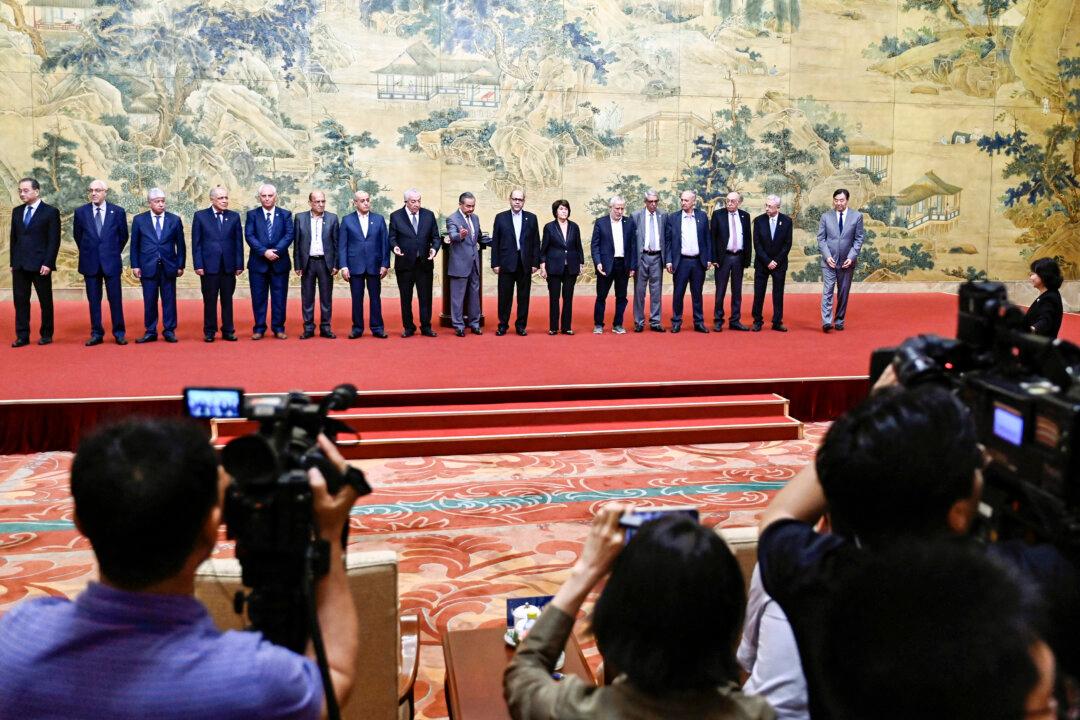It looks like America’s wasteful spending habits have once again caught up with us. For the past few weeks, the Federal Reserve has had to provide liquidity in the nation’s money market. The banking system’s overnight cash loans or “repos” involving banks’ short term selling and repurchasing U.S. securities could not function by itself anymore.
A Short-Term Liquidity Crunch or is it Long Term?
The simplified explanation of the “repo liquidity crunch” is that banks with a surplus of cash and reserves prefer holding onto their savings rather than lend it to other banks for a very high interest rate, and against highly secure collateral. This cash-holding sentiment is driven in part by regulation and voluntary banking agreements that require large banks to have 30 days of cash on hand to weather liquidity storms and other potential crises.This liquidity coverage ratio (LCR) is intended to strengthen banks’ ability to continue operations in the event of a liquidity crisis or other financial shocks. Large banks’ LCR is a helpful rule for obvious reasons, but it also has harmful consequences as well.





